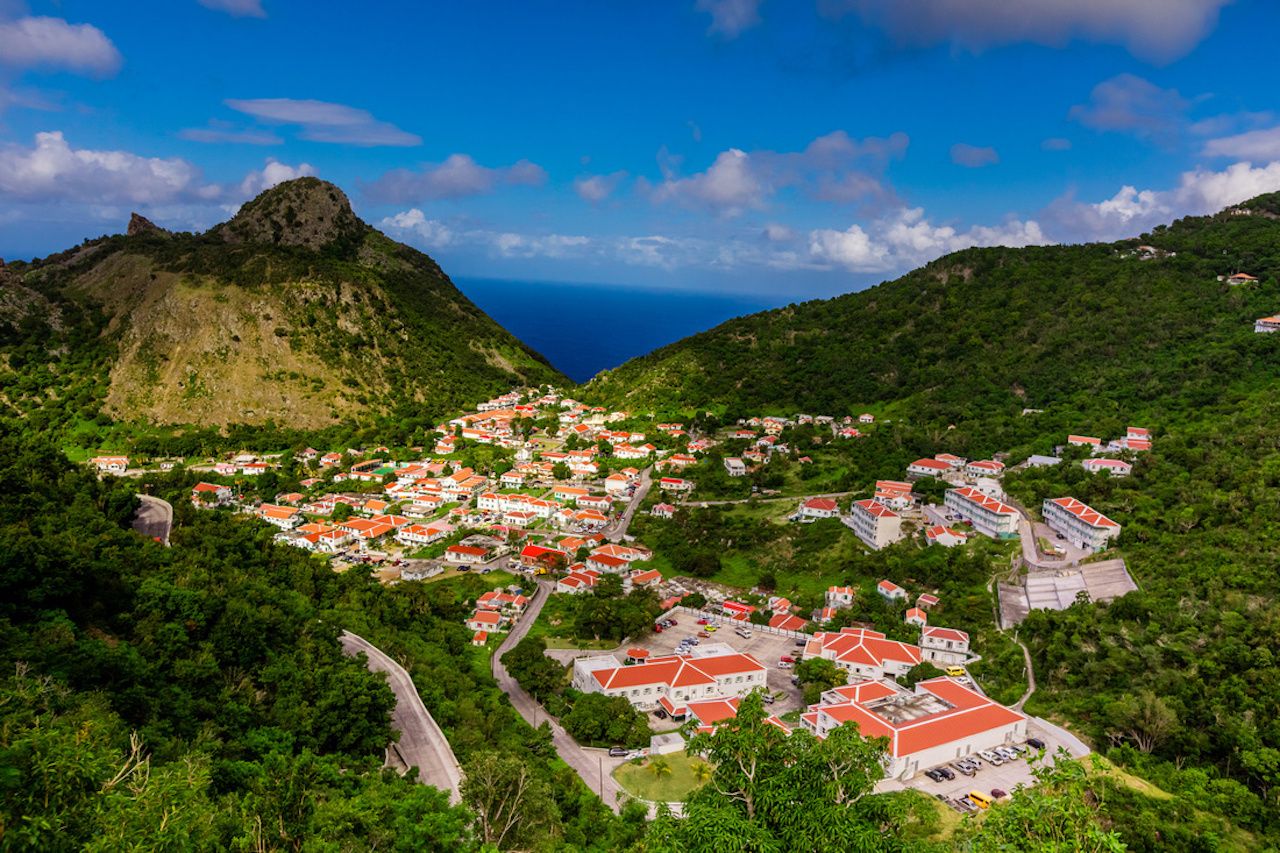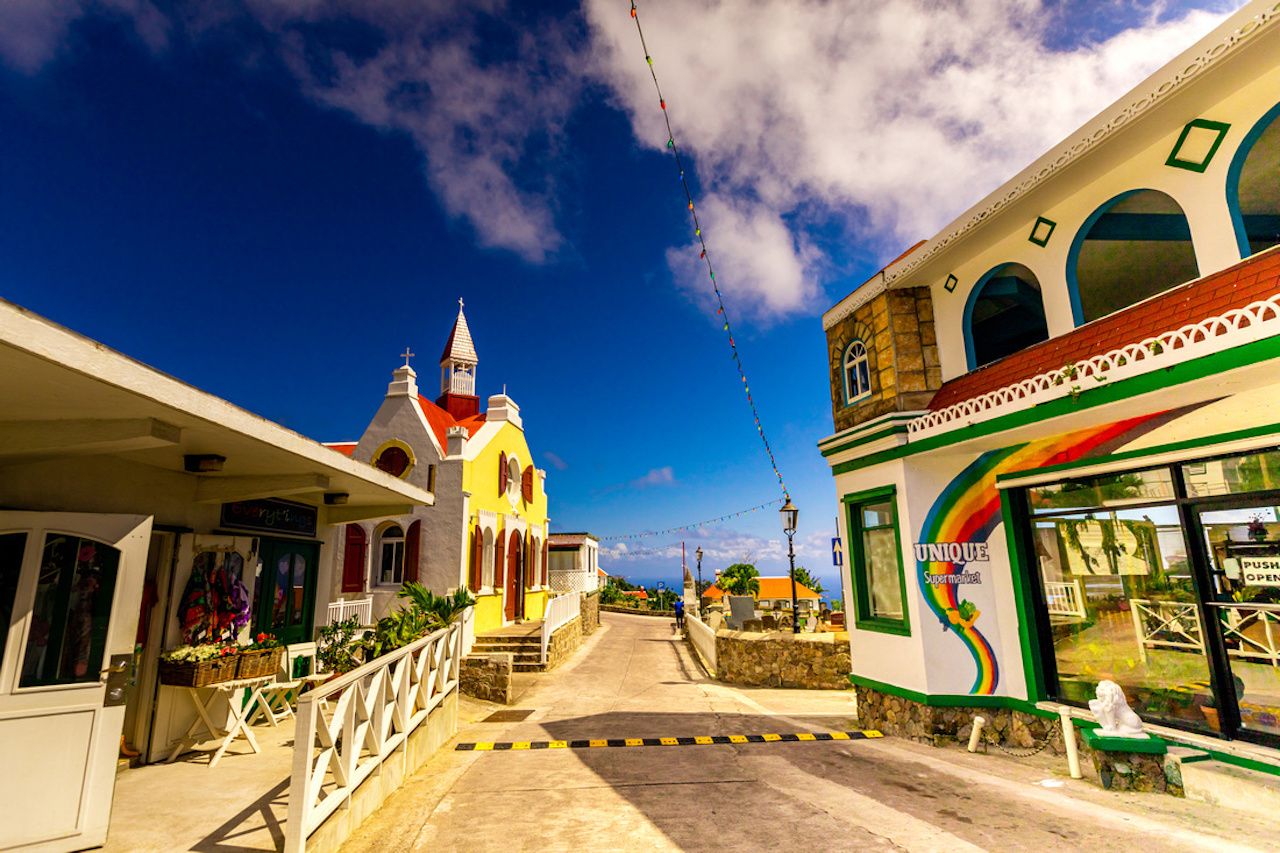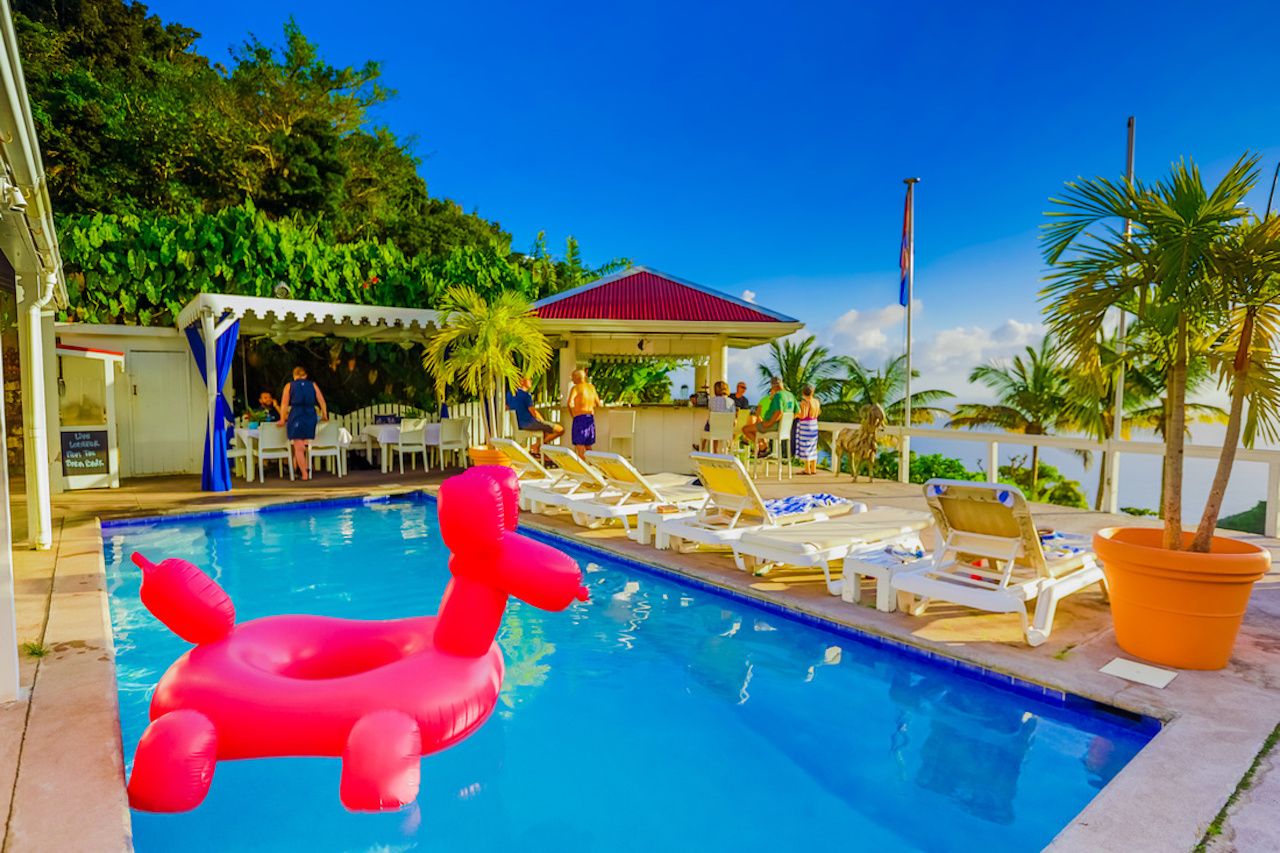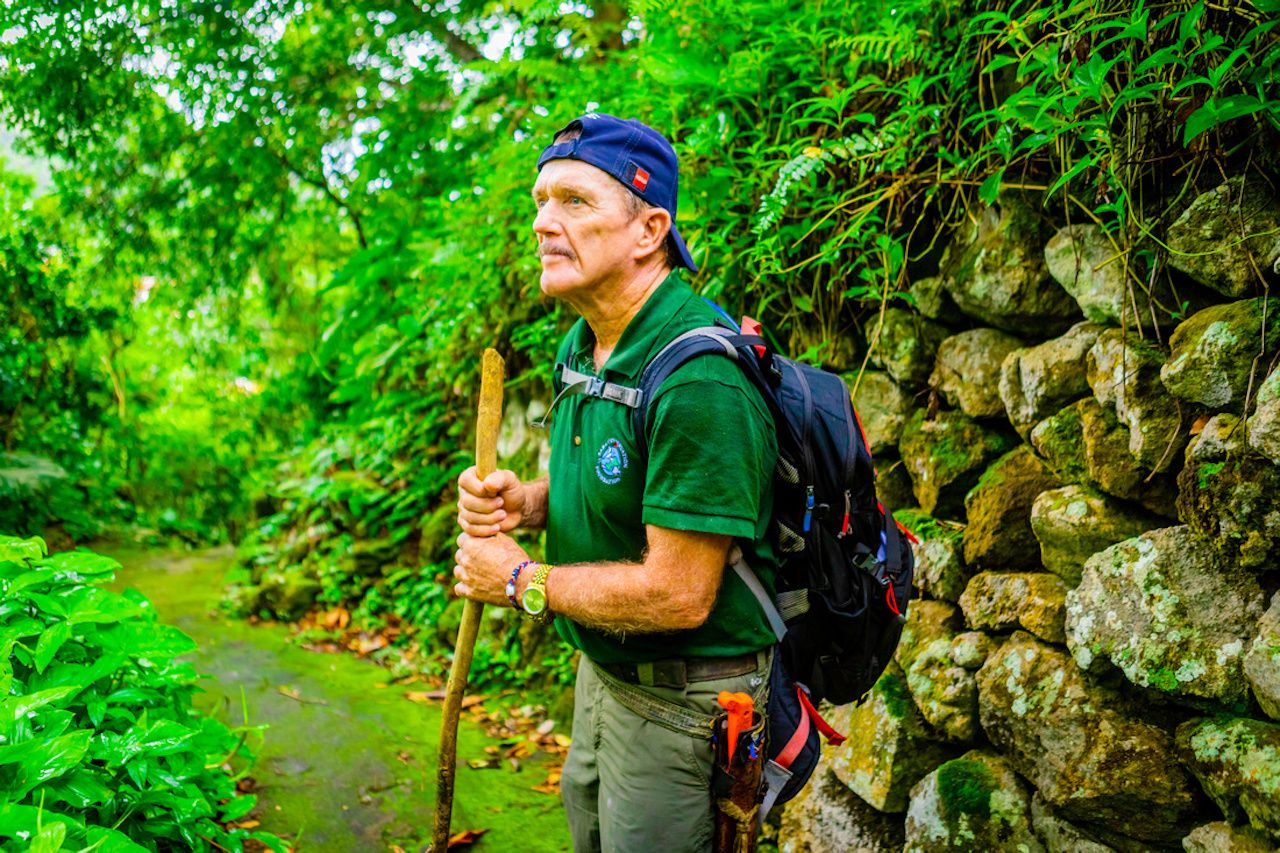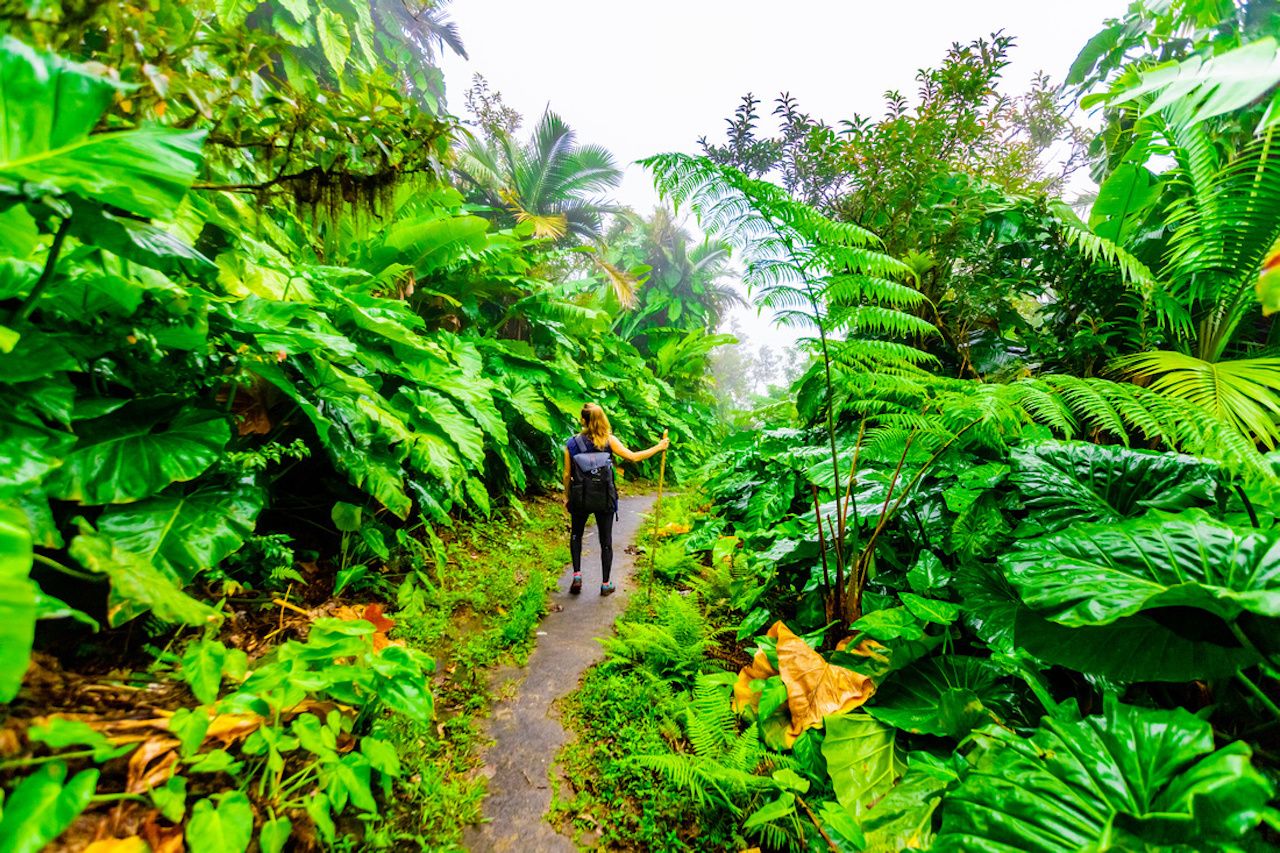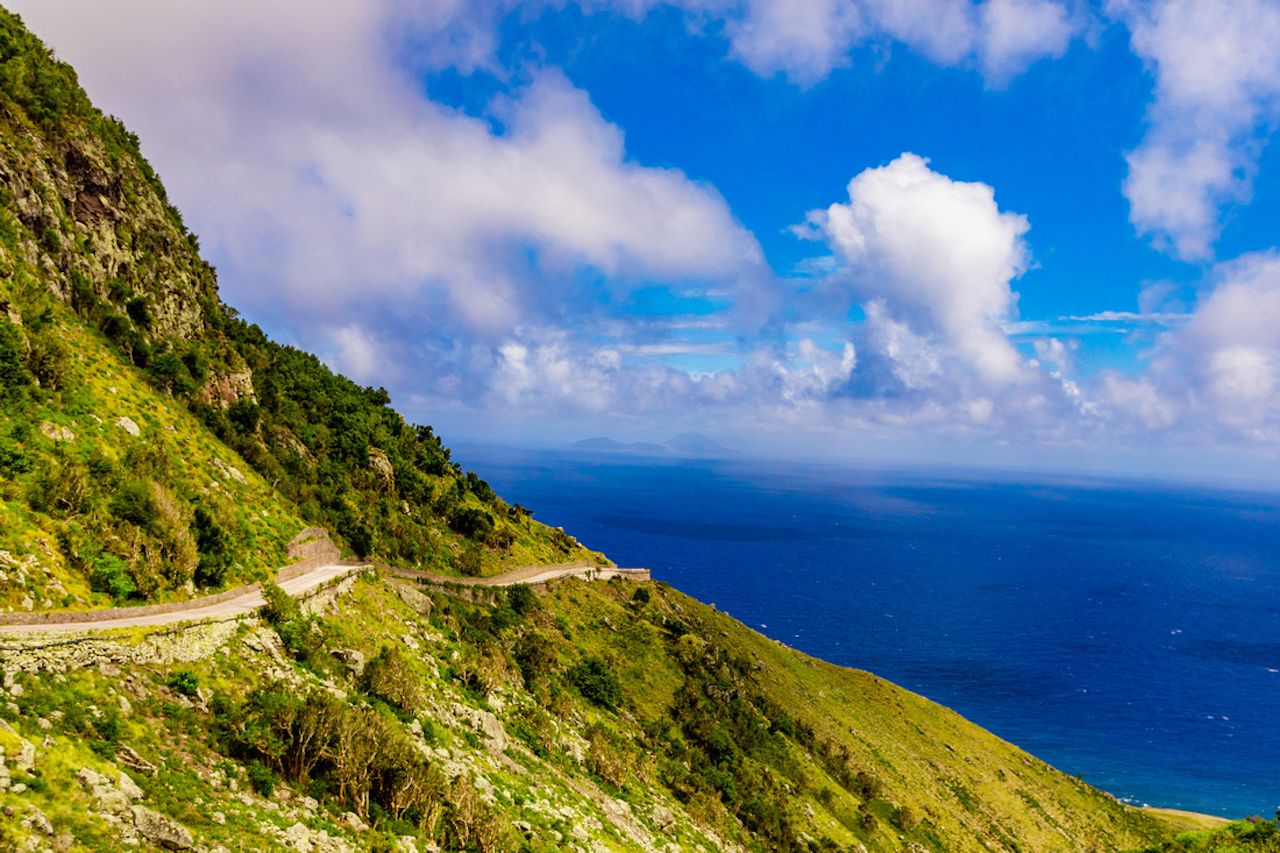“Caribbean islands, man, they’re really all the same,” the older gentleman told me without my asking. We were sitting in an airport lounge in Miami, discussing where we were headed. He was flying to DC; I was going to the Caribbean. “You go there, there are some bars on the water, some stores, a mountain maybe. And that’s it!”
The man was a super-cruiser, the sort of person who takes every vacation on a floating city. And he was the particular subset of super-cruiser who never ventures much past the row of jewelry stores and fruity drink bars that line every port from Nassau to Newfoundland. Not to knock super-cruisers or cruise ports, mind you, but it seemed to me judging an entire region by its waterfront tourist traps seemed a little unfair.

